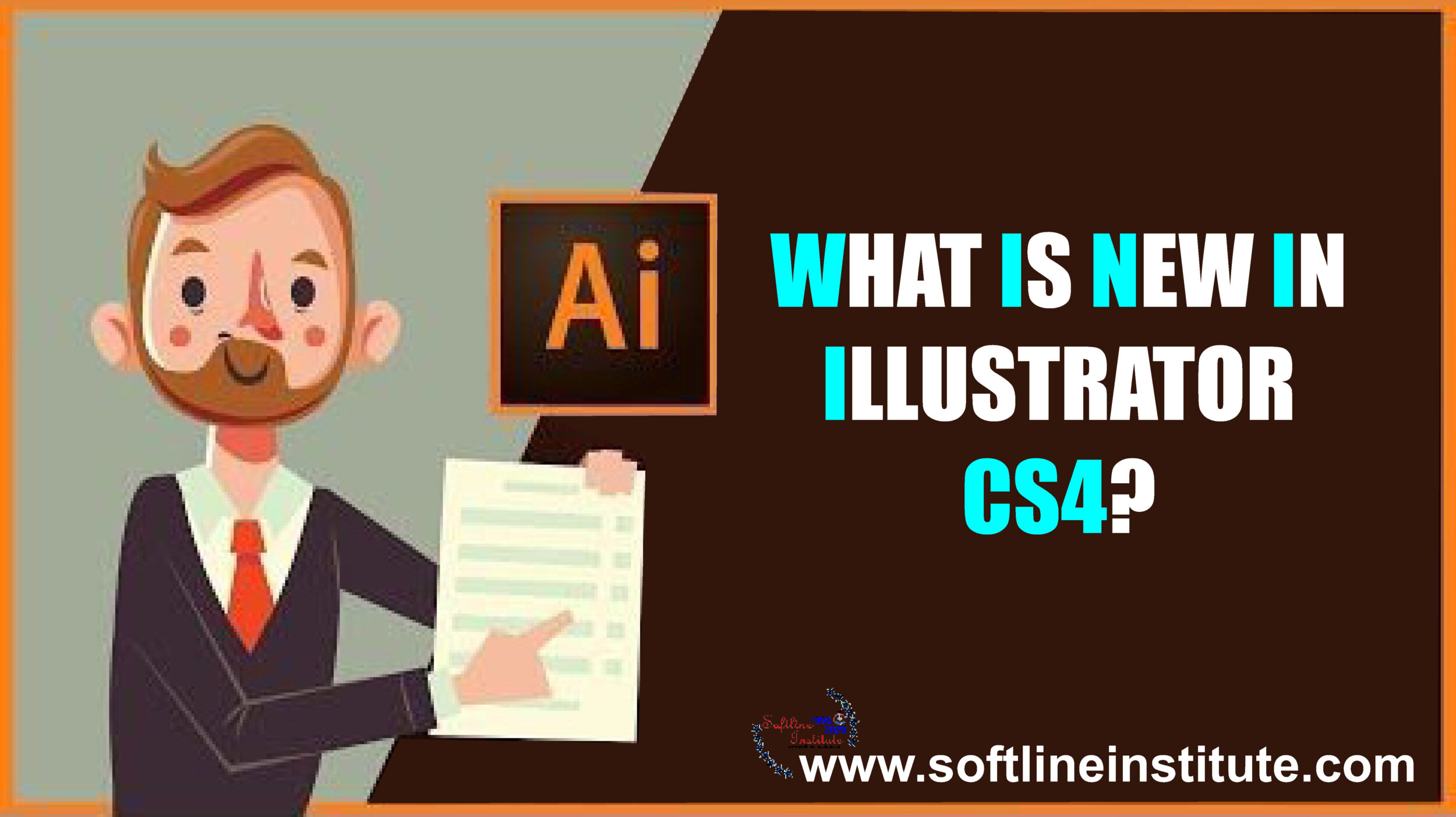Recent Categories
Recent Posts
Post Archive
Catogery Tags
1. Fully Formed Character Printer 2. Bit-Image Printers a) Machine Language An Overview of Programming b) Assembly Language basic combined programming language (BCPL) c) Third Generation Languages C-Language C Constant Color Blindness Preview Color Separation Preview Constants in C-Language copying cutting d) Fourth Generation Program Data Types Dropdowns (and popups) Aplenty edit commands in illustrator CS4 Following rules must be observed while construction of Real Constants expressed in exponential form: History of C language how india is connected to the internet Inet Internet Intranet Logical Constants Multiple Artboards one half step back Packet Switched access VSNL pasting Printers: An Introduction Programming language Classification Rules for Constructing Character Constants Rules for Constructing Integer: Rules For Constructing Real Constants: Smart Guides That are Really Smart String Constants structure of a c program TCP/IP account VSNL The Blob Brush Tool The C Character Set undoing and redoing using he clear command in Illustrator CS4 Welcome to the New and Improved Appearance Panel What is New In Illustrator CS4 What is Photoshop CS5?
Connect With Us
-

Bluetooth
When you realize that you forgot to pack the USB Cable necessary for downloading the Images from your digital camera. Try to use infrared to synchronize your palm, or want to share files without a network insight. Bluetooth starts to make a lot of sense. Itis a short-range, ad hoc networking standard that uses the…
-

Hubs
What are Hubs? Hubs have two or more ports into which you can plug your Computers (although a two-port hub may seem fairly pointless, since it lets you connect only two Computers; two-port hubs tend to be extremely small and intended for creating quick Networks while travelling). As with Network Adapters. Hubs must support the…
-
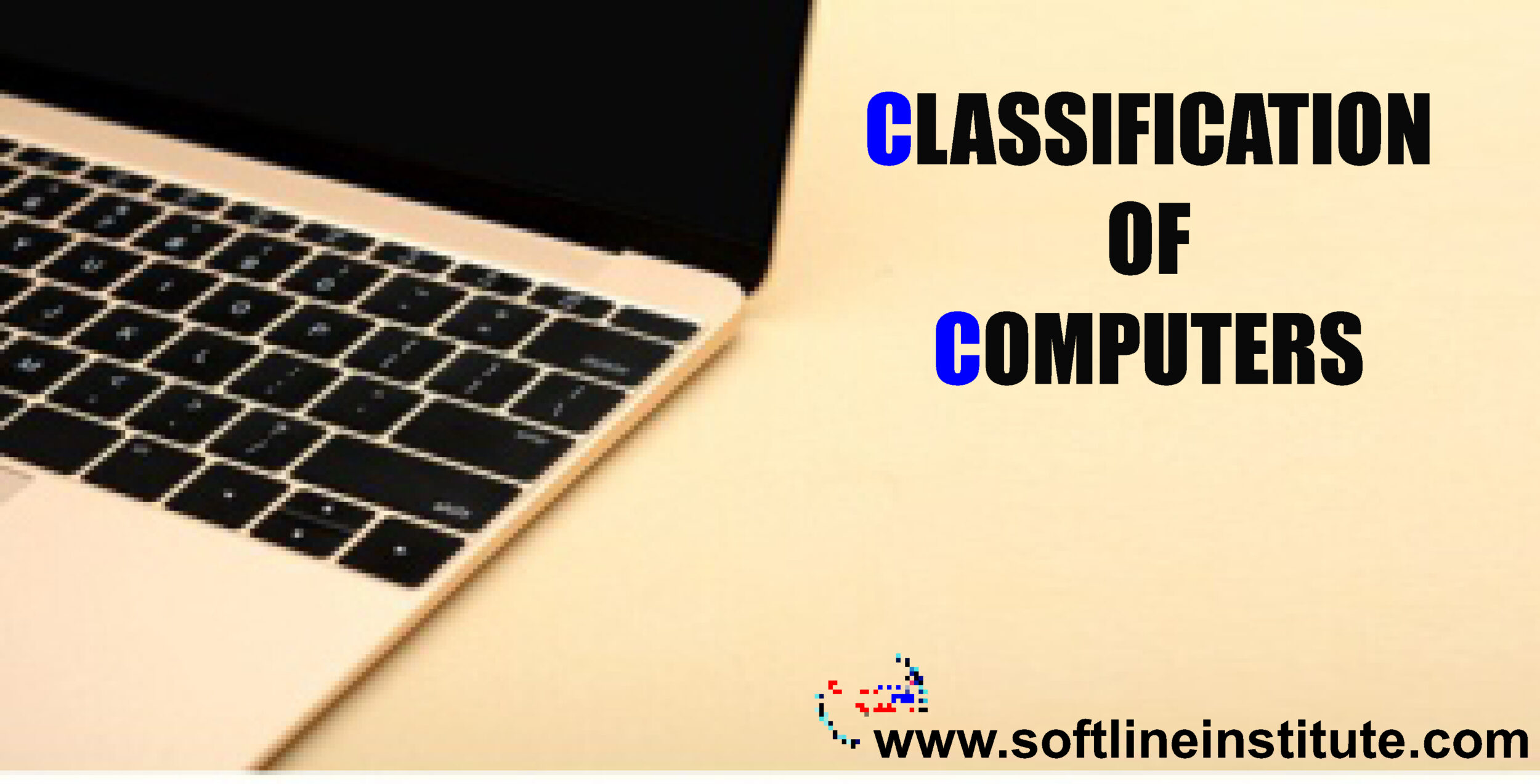
Classification of Computer
Digital computer may be classified as their size, cost, and the working capacities in the following sections: 1. Home Computers 2. Personal Computers 3. Minicomputers 4. Workstations 5. Mainframe Computers 6. Supercomputers Home Computer A home computer primarily used for education and games. A very in expensive personal Computer, might actually be classified as a…
-
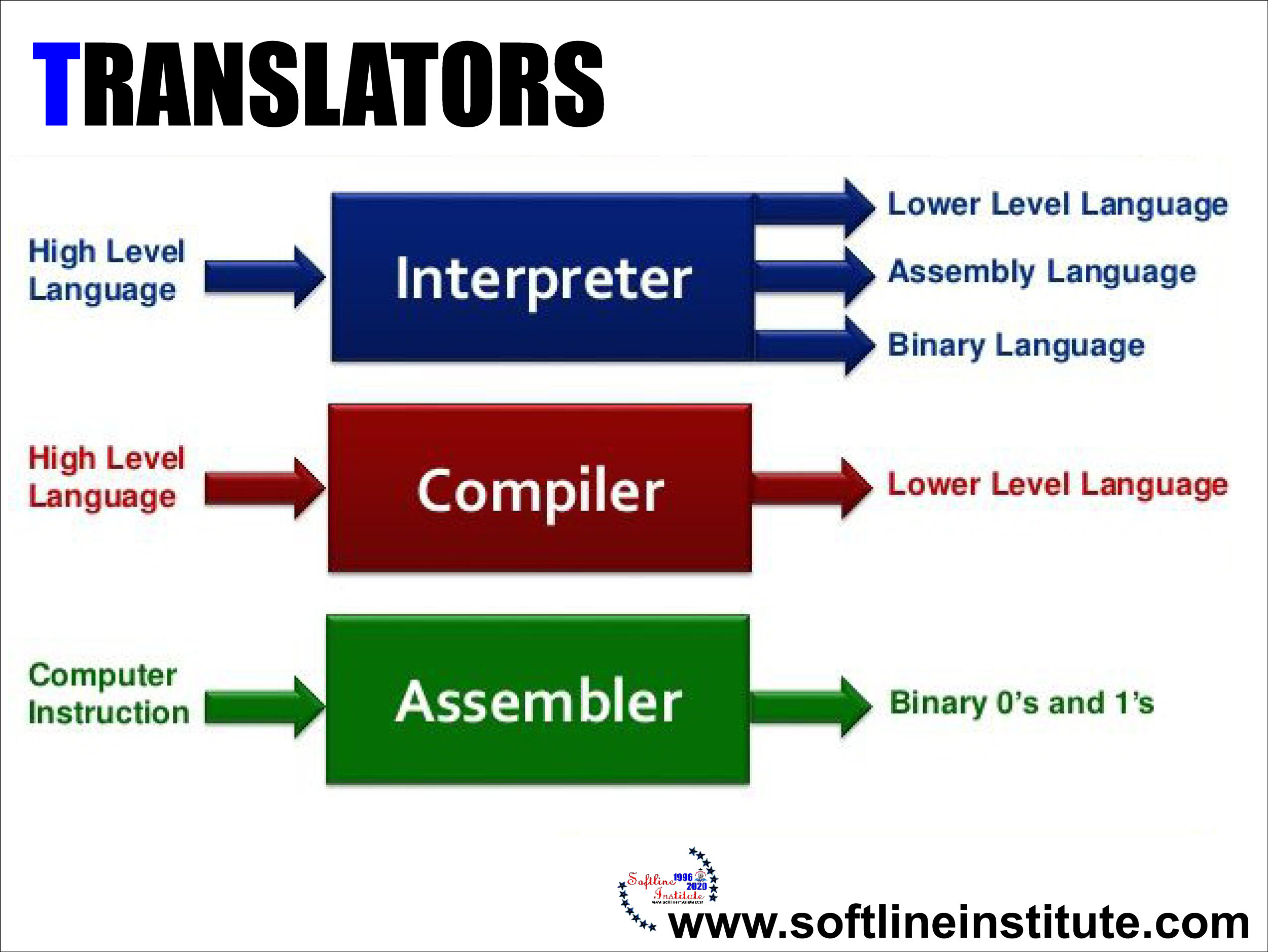
Translator
Translating Programs, also known as language processors. They are the system programs that translate a source program in high level language. Such as BASIC to an object program in Machine Languages or Binary language or in 0 and 1. Which is meaningful to the hardware of the Computer. These programs include the assembler and the…
-
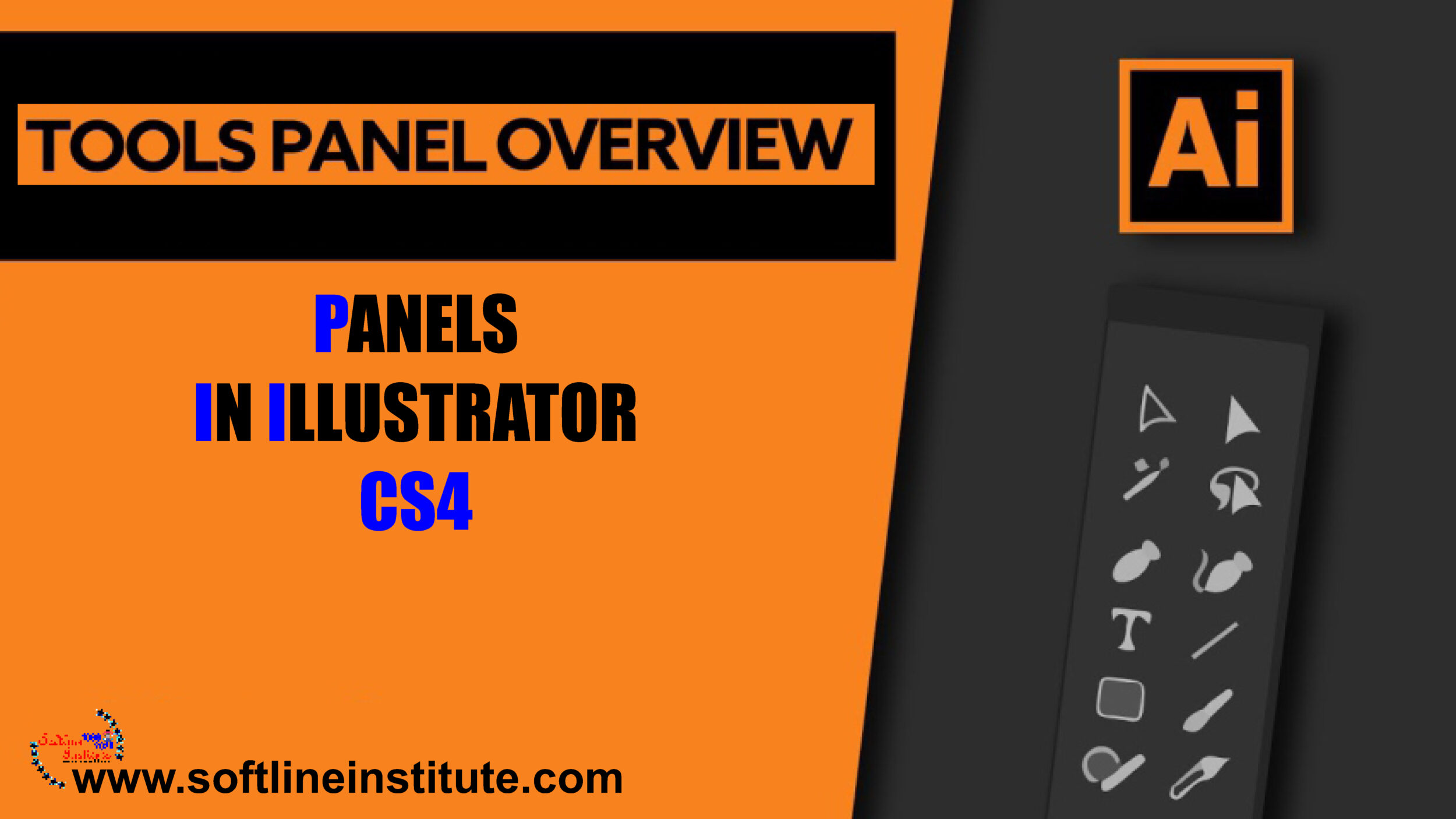
Panels in Illustrator CS4
Using the panels Panels are small windows that are similar to dialog boxes. Panels can float or be docked. To make the following discussion a little more readable. I’ll refer to both as panels; they’re mostly interchangeable terms when discussing how they work and the contents of each of them. Panels allow you to control…
-

Understanding Illustrator ‘s Interface
Not too long ago, Commercial Artists and Illustrators worked by hand, not on the Computers. You might find it hard to believe, but they spent hours and hours with T-Squares, Rulers, French Curves, and Types galleys from their local typesetters. After that transition, Computer Artists usually come face to face with the Illustrator, the industry-standard,…
-
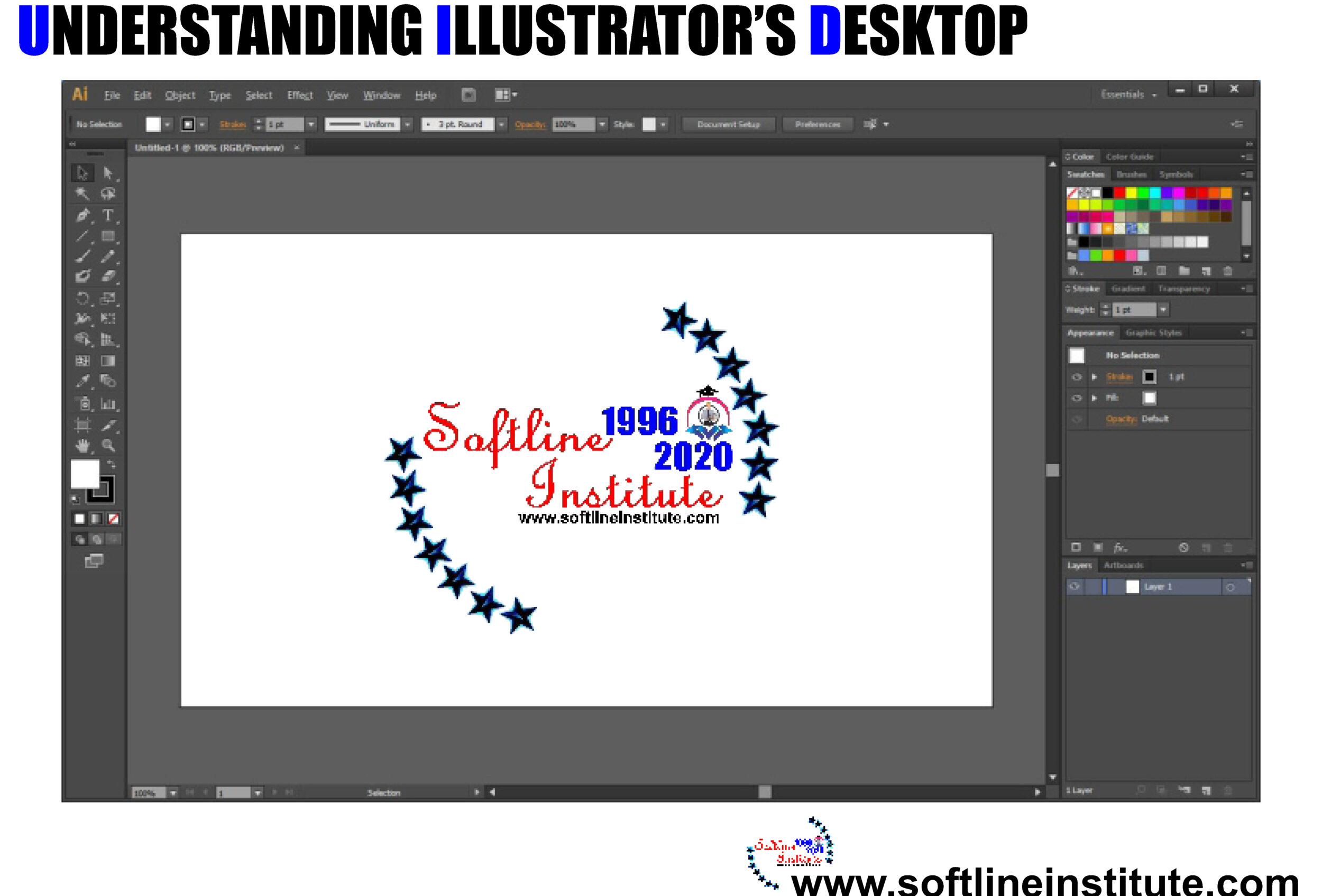
Understanding Illustrator’s Desktop
Working in the Document Window The document window of Illustrator’s is where you perform all your work. It contains the two mail elements: Artboard and Pasteboard. Tip: You can move the printable area represented by the dashed lines. Using the Print Tiling tool (one of the optional modes of the Hand tool). The Print Tiling…
-

Cell Phones: The Next Generation
Introduction of the next generation (Cell Phones) But a third generation of cell networks, sometimes called 3G, aims to turn digital data into the primary application of cell carries, with voice, multimedia, and Internet access all intermingles through a variety of devices, including phones and computer network adapters, but also kiosks and new consumer and…
-
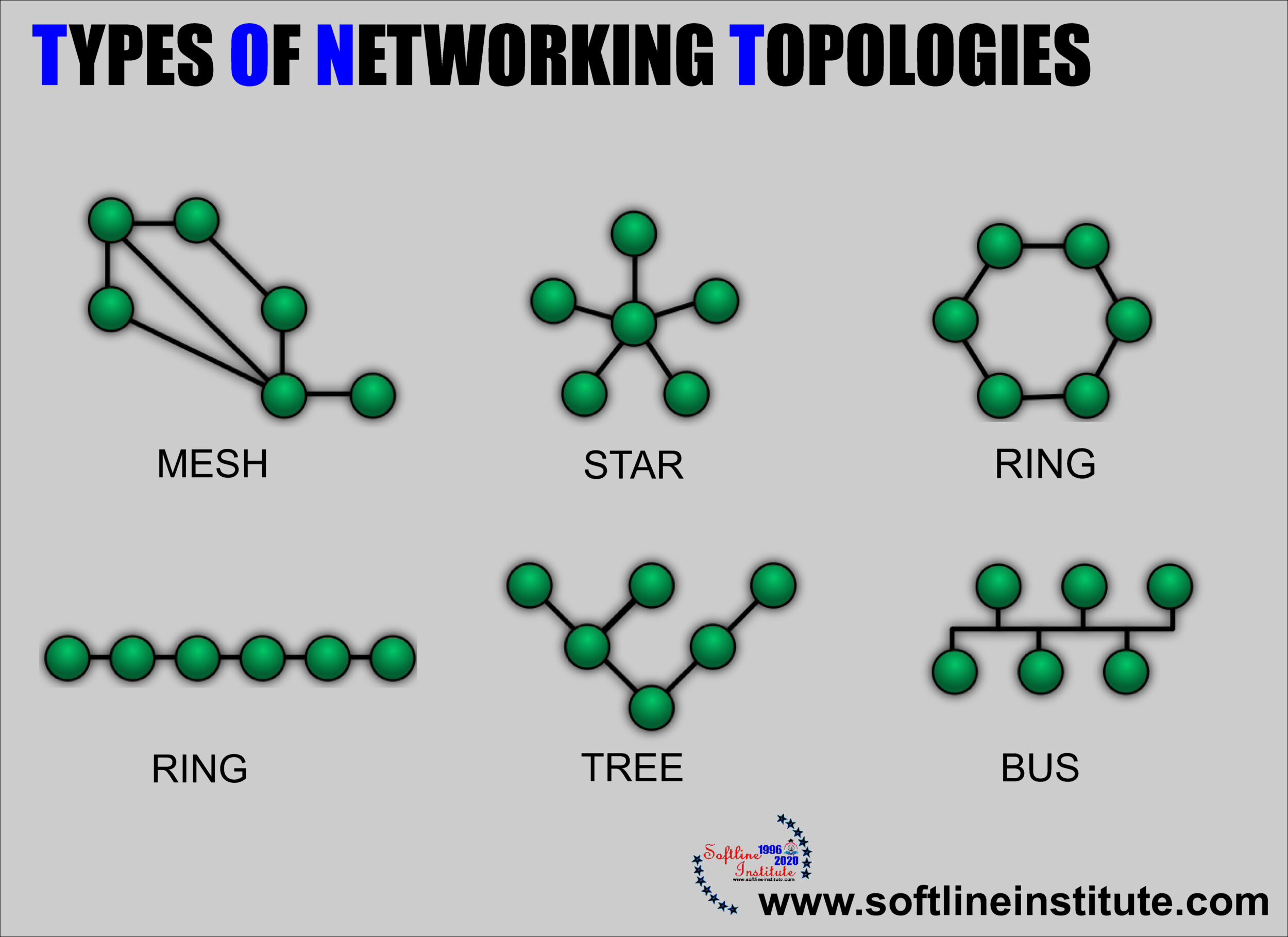
Network Topologies
Topologies are the way networks are physically connected together. Topology determines the complexity and therefore the cost of network cable installation. Cable installation can often be a major cost factor for network system. Topology also determines the strategy for physically expanding the network. Different way in which computers may be connected together are described in…




